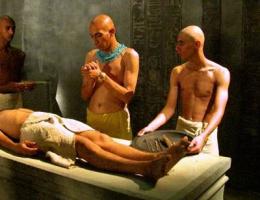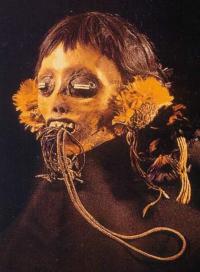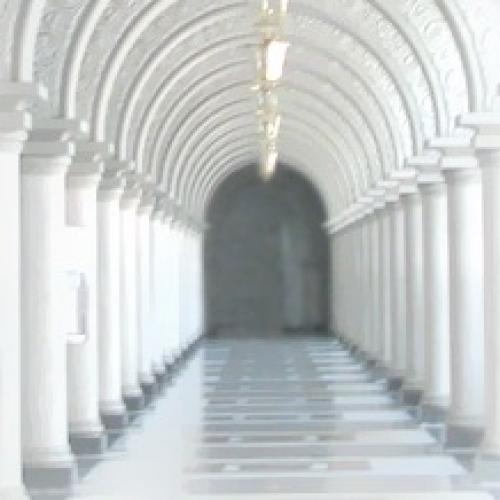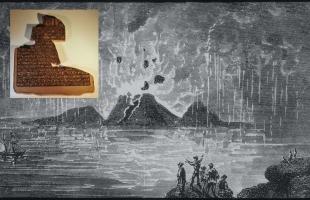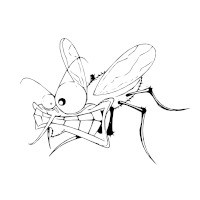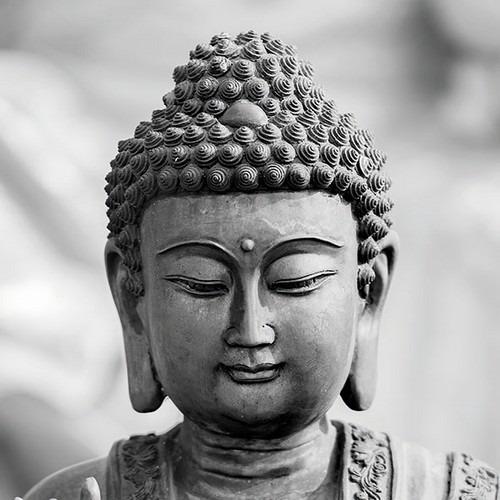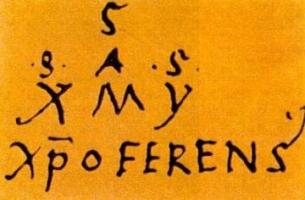The Egyptian embalming process
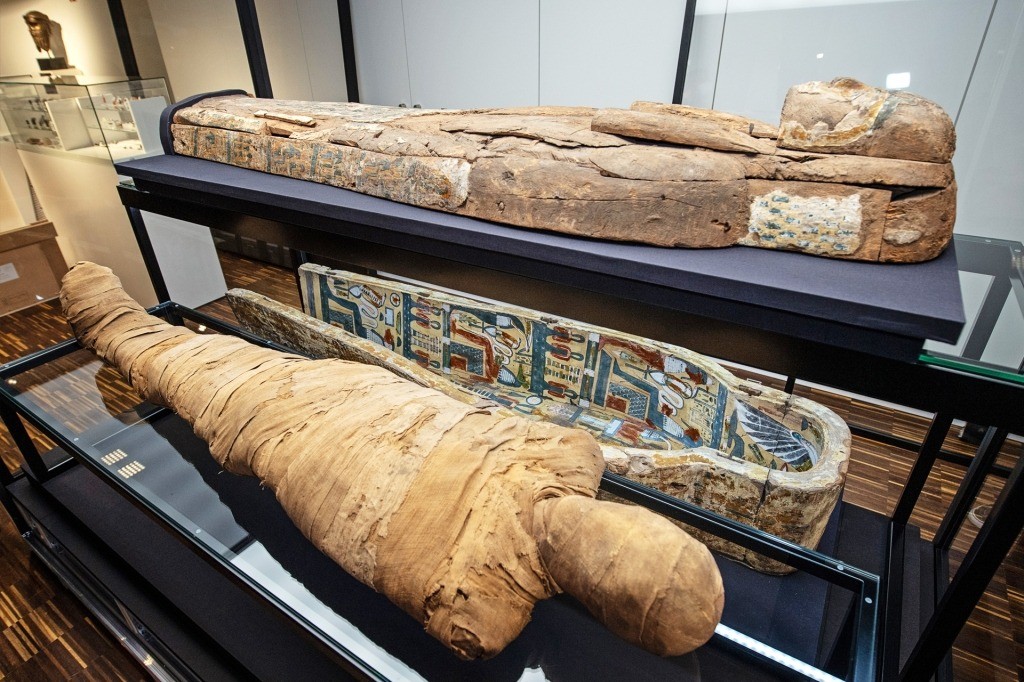
Because the world was created by the life force of the universe, the eternal spirit, it had to return, when its earthly journey came to an end, to order and harmony. Both the sacred tale of Osiris dying and then being reborn, and the daily story of the sun-god being overcome by darkness at sunset but rising triumphant the next day, represented for the Egyptians the guarantee of faith in the survival of the soul after death. However, for this to happen, the soul needed the body not to be corrupted or dissipated. In the earliest times, a true life beyond death was considered a privilege of the pharaoh, and subjects hoped that the ruler's immortality would somehow reflect on them. Later, at the end of the Old Kingdom, survival became a right of all those who could dispose of a tomb and afford the burial rites..
The first preservation of human remains in Egypt must have occurred by chance. In the cemeteries of predynastic times, consisting of shallow pits where the deceased were laid in the fetal position, the very hot and dry climate caused the bodies to dry out naturally, but it is not known whether survival in the afterlife was intrinsically linked to their preservation. When bodies began to be laid in tombs with artificial covers, they were initially wrapped in linen bandages and covered with compressed and smoothed plaster so that it would take the shape of the body underneath; when the plaster was dry, the outer shell was painted (often green, the color of rebirth) and the face was given the features of the deceased. During the Middle Kingdom the mummification technique was refined to reach its best and final results in the New Kingdom. There were also, in later times, futile attempts to restore the body to its natural features with stuffings of linen and other materials, but the decomposition of these supports caused the very thing the embalmers were trying to avoid.
There are no illustrations or inscriptions to inform us about the mummification process. The description given by Herodotus seems quite reliable, however.
Herodotus describes three different types of mummification that had different prices:
1- Simple washing and purification, injection of corrosive liquids.
Embalmers fill their syringes with cedar oil and refill the dead man's abdomen with it, without making any incisions, simply injecting the liquid through the anus and making sure it does not come out. They then embalm the body for the prescribed number of days. On the last day, they let out the oil they had injected: this oil is so strong that it carries away with it all the innards and intestines below, so that in the end all that remains is the skin and bones.
2- Incision and extraction of organs.
It involved, through abdominal incision, extracting the intestines, stomach, liver and lungs, cleaning the abdomen by rinsing it with palm wine and toasted spices, then filling the abdomen with pure ground myrrh, cassia and other spices. The extracted viscera from the body of the deceased were then placed in a casket, divided internally into four parts with lids in the shape of human heads. Later canopic jars were used, which always had four heads. In the Ramesside period, they represented the four sons of Horus. Daumutef, the jackal-headed jar, contained the stomach: Quebehsemut, the hawk, stored the intestines; in the human-headed jar, that of Ismet, the liver was stored, and that of Hapi, with the head of a baboon, contained the lungs. Canopic jars were often made of calcite and were placed in tombs in a special chest.
3- Incision and extraction of organs.
It involved, through abdominal incision, extracting the intestines, stomach, liver and lungs, cleaning the abdomen by rinsing it with palm wine and toasted spices, then filling the abdomen with pure ground myrrh, cassia and other spices.
The kidneys, often regarded as the seat of the emotions, and the heart, which was used by the deceased to be judged, were placed back into the emptied body. The brain was also removed through an incision made in the skull or through the nostrils by hooks and was replaced by a metal cap. The viscera were embalmed like the body and wrapped in bandages separately. The body was then placed under piles of dry natron, a natural salt found in abundance in the bed of a drained lake in the western Delta (today's Wadi el-Natrun). Natron is composed essentially of sodium chloride and contains a high percentage (17 percent) of sodium bicarbonate, essential for the success of the procedure: this salt absorbed the fluids from the body, which, after about 70 days became a solid shell no longer subject to decomposition.
When the mummy was ready it was purified and the priests proceeded to bandage it: linen bandages were used, often the same ones one had at home; only for pharaohs, their family members and high dignitaries were used specially woven bandages: first the limbs and joints were bandaged and then the whole body; the arms were wrapped around the body and the legs joined together. While placing the various layers of linen, amulets were also inserted at fixed points and the priest recited formulas to ensure the effectiveness of the procedure. Often, after the bandaging was finished, a mask was placed over the face of the deceased: of gold and silver for kings, of painted papier-mâché, that is, of papyrus and linen mixed with plaster, for the less wealth. The mummy was then laid in a painted anthropoid chest, sometimes contained within others; for the higher social classes and for kings a rectangular stone sarcophagus was also used. During the bandaging, placement in the coffin and burial, large quantities of precious ointments and perfumes were poured in, which then formed that characteristic hard, pitch-like substance.
The mummy, inside the coffin and with a canopy overhead representing the sky and stars, was carried on a sleigh to the tomb. A funeral procession followed it bearing food and drink, furniture and personal items to decorate the burial chambers, while women uttered funeral laments. At the entrance to the tomb took place the ceremony known as "opening of the mouth"; the coffin was lifted vertically so that a priest could gently touch, with a miniature carpenter's axe, the points corresponding to the eyes, nose, lips, ears, hands and feet as if to lift the wood and allow the senses to function. The ritual phrase was: "My mouth is open! My mouth is split open by Shu (god of air) with that metal spear he used to open the mouths of the gods. I am the Mighty One. I will sit next to her who stands in the great breath of heaven" (Book of the Dead, Formula 23). The chest was then lowered into the tomb and burial objects were placed around it. At this point the entrance was sealed with stones and mud.










